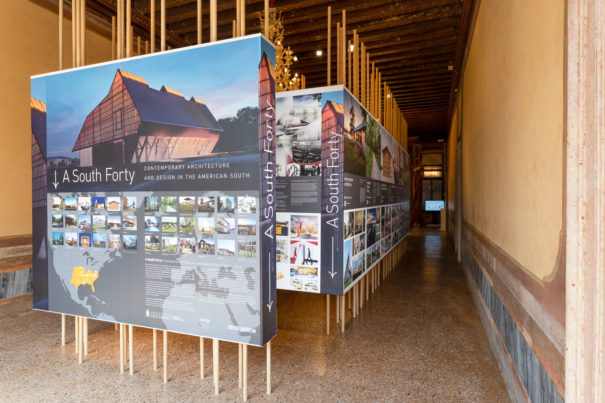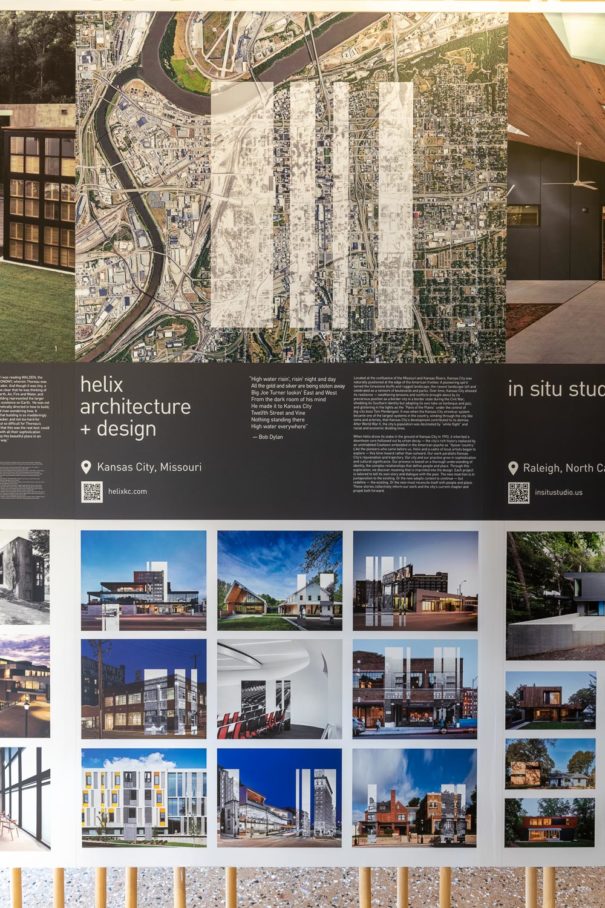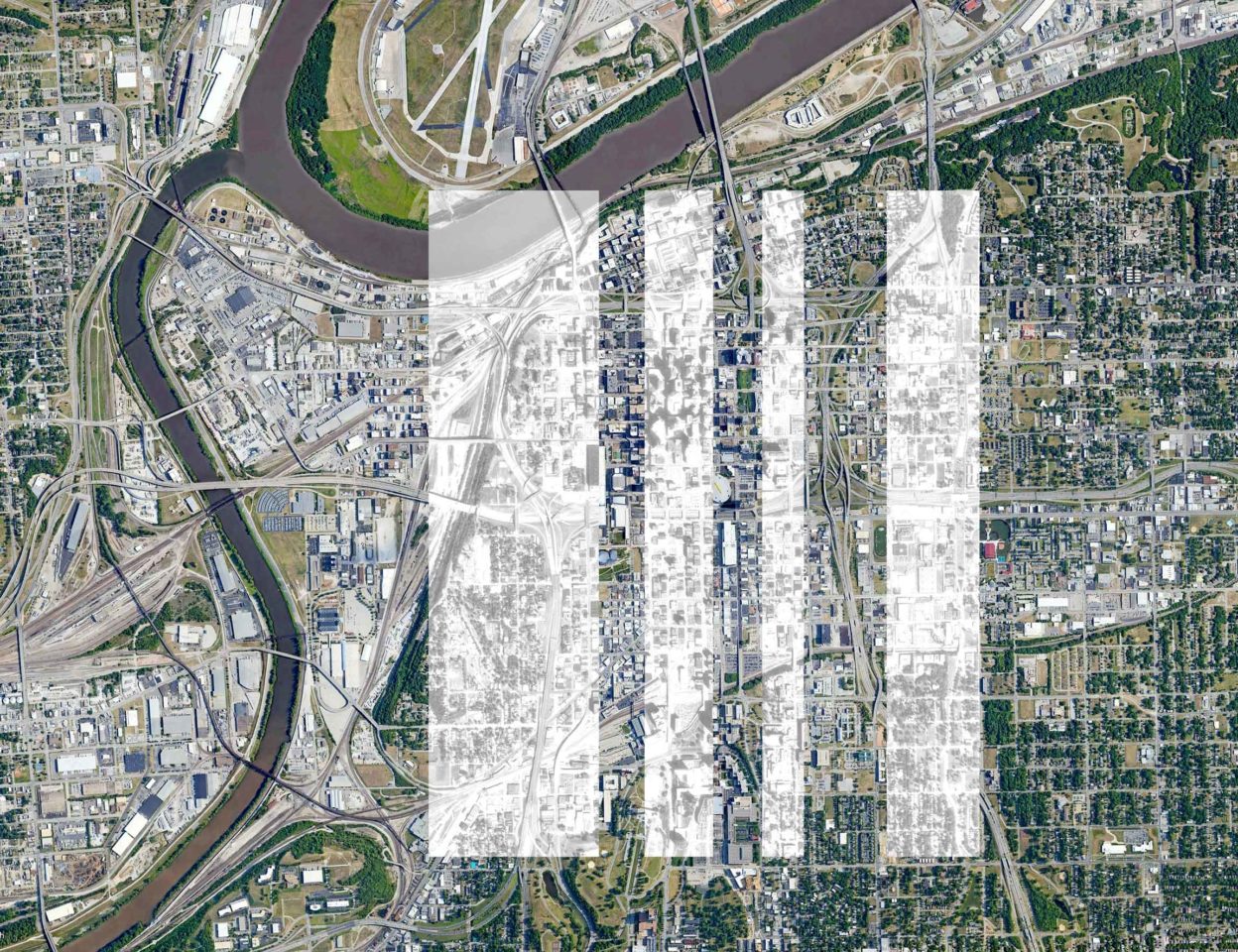Helix Exhibits at Prestigious Venice Biennale with Collective of Accomplished Design Firms
[Excerpt from press release – read the full release here.] As part of the “TIME SPACE EXISTENCE” exhibition for the 2021 Venice Architecture Biennale, The European Cultural Center will present A SOUTH FORTY: Contemporary Architecture and Design in the American South. The Fay Jones School of Architecture and Design, University of Arkansas, working with modus studio of Fayetteville, Arkansas, has worked to organize and curate the exhibition, which is devoted to the vibrant, distinctive contemporary architecture and design practices of the American South and highlights the work of nearly 40 practices.


[above: A SOUTH FORTY, installed in the Great Hall at Palazzo Mora in Venice, Italy. photo credit: Riccardo Grassetti.]
In partnership with the highly regarded literary journal OXFORD AMERICAN, A SOUTH FORTY will also be featured in the annual summer issue of the journal, one focused on the idea of “place” in culture of the American South. The exhibition takes its cues from the critically successful and popularly appealing annual OXFORD AMERICAN issue highlighting the music of the American South and proposes that architecture and design (the built environment) is as reflective and definitive of the culture and values of society as the forms of music that animate that society.
Modern architectural history in the regional context of the American South is conventionally framed by singular figures. In counterpoint, A SOUTH FORTY aims to provide an overview of the current vitality of contemporary architecture and design in the American South, through both illustrated profiles of buildings and practices, and statements of principles and observations by those who practice in the region.
…
Putting together our piece for A SOUTH FORTY began with a critical examination of the last 29 years of our practice. Being a Kansas City-based firm and an active contributor to its renaissance has undoubtedly shaped our identity. As we delved into Helix’s history, we gained a new perspective on just how intrinsically connected our past is with that of Kansas City.
Our submission is adapted below — view the board in its entirety here.

When Helix drove its stake in the ground of Kansas City in 1992, it inherited a downtown core hollowed out by urban decay — the city’s rich history replaced by an uninhabited Cowtown embedded in the American psyche as “flyover country.” Like the pioneers who came before us, Helix and a cadre of local artists began to explore — this time inward rather than outward. Our work parallels Kansas City’s rejuvenation and trajectory. Our city and our practice grow in sophistication and cultural significance. Our process is based on a thorough understanding of identity, the complex relationships that define people and place. Through this exploration, we discover meaning that is imprinted into the design. Each project is tailored to tell its own story and dialogue with the past. The new insertion is in juxtaposition to the existing. Or the new adopts context to continue — but redefine — the existing. Or the new must reconcile itself with people and place. These stories collectively inform our work and the city’s current chapter and propel both forward.

“Our work parallels Kansas City’s rejuvenation and trajectory. Our city and our practice grow in sophistication and cultural significance. Our process is based on a thorough understanding of identity, the complex relationships that define people and place. Through this exploration, we discover meaning that is imprinted into the design. Each project is tailored to tell its own story and dialogue with the past.”
In The News:
- Three KC firms join architecture exhibit in Italy (Kansas City Business Journal)